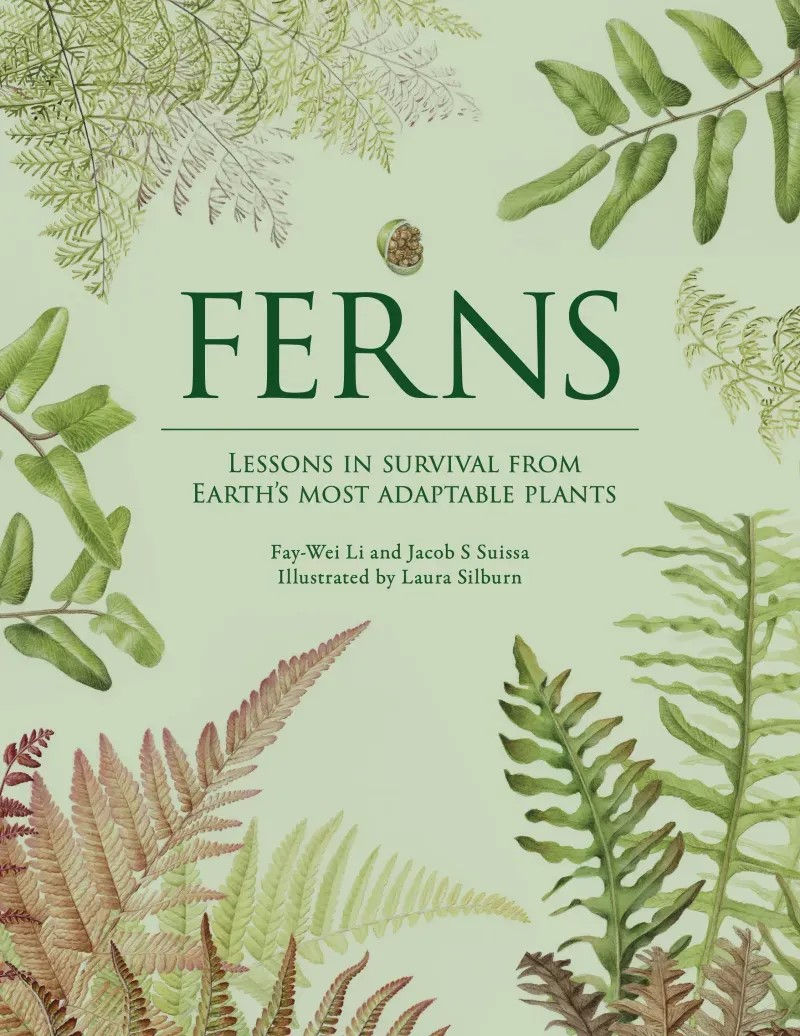Rory McEwen: A New Perspective on Nature
- Mary Crabtree
- Feb 18
- 6 min read
Join me on a truly inspiring visit to the US Tour of the exhibition Rory McEwen: A New Perspective on Nature.
Written by: Mary Crabtree, Botanical Artist and ABA Education Team Member

Recently, I had the privilege of seeing the current U.S. exhibition of Rory McEwen’s work and wanted to share that experience with you. The exhibition, Rory McEwen: A New Perspective on Nature, in association with Royal Botanic Gardens, Kew (London) and Oak Spring Garden Foundation (Virginia) is touring the US with stops in South Carolina, Massachusetts, Florida and Illinois.

Many of you will already know that although he was a renowned Scottish artist, Rory McEwen spent much time in the US, so having his work touring the US in this exhibition is particularly fitting.
“In close touch with contemporary art in America and elsewhere, Rory led the way in exploring the boundaries of botanical art.” Martin Rix
I became aware of Rory McEwen’s work shortly after I began studying botanical art. I recognized his name, having grown up in the generation that enjoyed the television shows Hullabaloo and The Ed Sullivan Show on which Rory often hosted and/or performed his folk music.
I have seen botanical paintings by Rory McEwen online and in books, but it was something altogether different to view them in person. I visited the exhibition in Palm Beach, Florida, with two friends who are not botanical artists, and they were suitably awed by his work as well as the works of other master botanical artists included in the show. I am certain I left nose prints on the glass of the beautifully framed paintings in my efforts to get close enough to study every brush stroke and textural nuance!

The painting is soft, rich, and fluid – appearing as if it were easy to create, although we all know it is not! Every edge was clean yet not outlined, with attention given to both sharp and curved, ‘disappearing’ edges. I could see that there was intention in every aspect of the paintings. From the unique compositions to each shadow, highlight, and detail, with all these components planned and executed masterfully.

A unique aspect of this exhibition is that it includes not only a broad range of Rory’s botanical paintings, but also a selection of his other contemporary artworks, incredible historical paintings by ‘golden age’ botanical artists who influenced Rory’s work, and a selection of paintings by contemporary botanical artists whose work suggests influence by Rory’s style. Visitors to the exhibition are also able to see some of Rory’s paints and brushes (I saw a Winsor & Newton Series 7 among them!), his meticulous notes, colour testing and practice sheets.

The creators of the exhibition are to be congratulated for pulling together this cohesive display of works from private and public collections (including Kew Gardens, Oak Spring Gardens, Shirley Sherwood Collection) and from artists in the US and UK. Also a part of the exhibition are a video presentation of Rory’s life, and an accompanying book published by the Oak Spring Garden Foundation. I left the exhibition with a new appreciation of who Rory McEwen was and how very unique and special his work is.
Rory McEwen (1932-1982) began his artistic journey as a child, learning flower painting with his governess, followed in his late teens by art studies at Eton with artist and historian Wilfrid Blunt. Blunt was the first to see Rory’s talent, saying that he was "perhaps the most gifted artist to pass through my hands."
Rory learned to paint on vellum in 1948 after seeing original ‘Roses’ paintings by Redouté, and later peering at “hundreds, or possibly thousands of paintings by Van Spaëdonck, Ehret, Redouté, Jacques le Moyne, Nicolas Robert, etc., almost all of whom painted on vellum…Not to mention the greatest flower painters of all—Dürer, Van Eyck, and Leonardo, whose drawings in Windsor Castle I absorbed when I was still in my teens.”
Following two years of national service in the army, Rory says he "sat down and painted a rose, and found to my surprise that my hand had unknowingly educated itself."
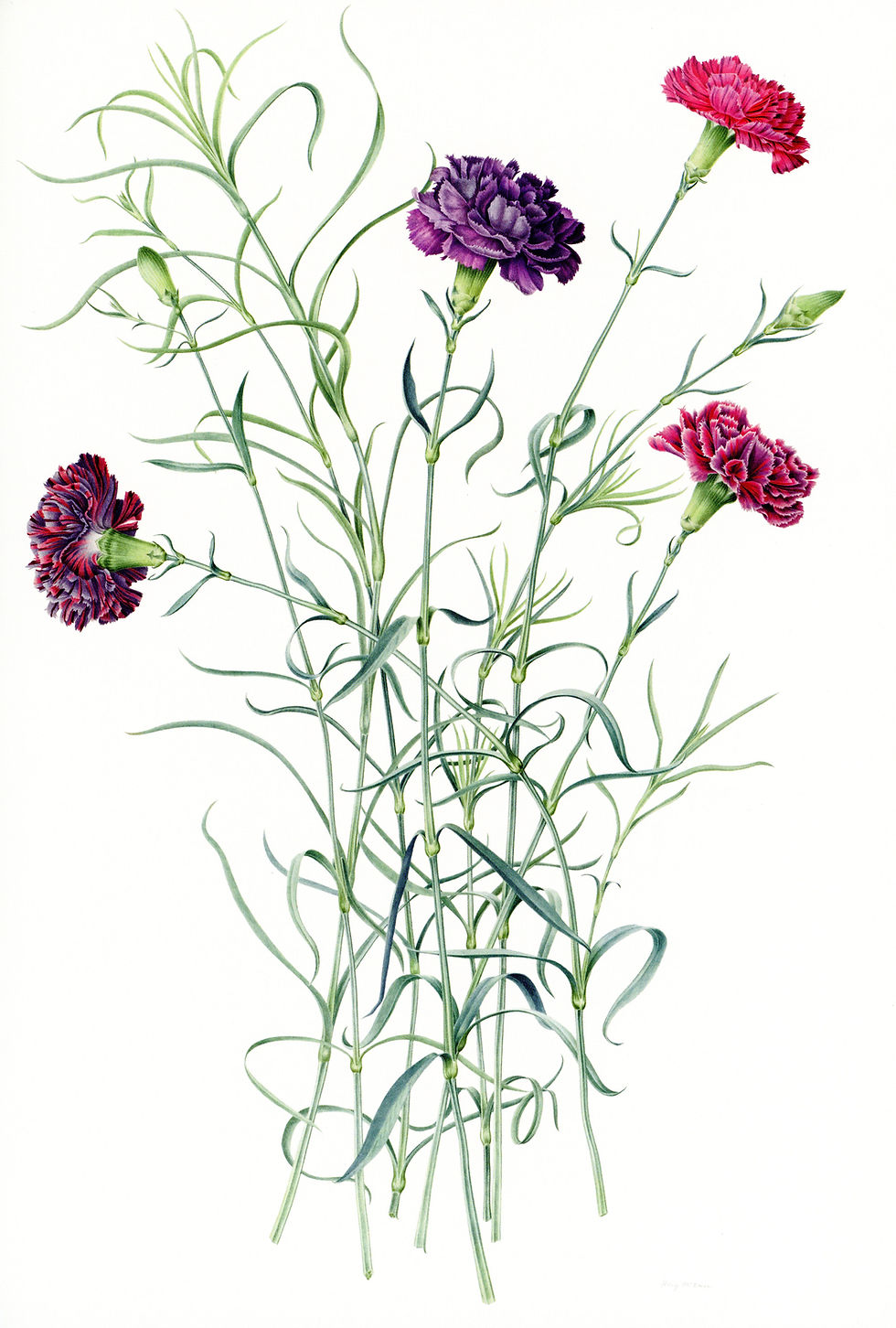
While studying at Trinity College, Cambridge, Rory had opportunities to paint for publications. Among these were books by Oscar Moreton (Old Carnations and Pinks, 1955, and The Auricula, 1964). Moreton praised Rory’s work saying: "It is the first work of a young painter, and a remarkable achievement when it is considered that all the drawings were done in the short flowering period of one year.’" These life-size illustrations were done in the style of seventeenth- and eighteenth-century artists Nicolas Robert and Georg Dionysius Ehret. Rory would return to carnations in later works including this beautiful composition of carnations from Allwoods Nursery. For the Auricula illustrations, Rory chose to paint the entire plant, including the roots as an essential part of the composition.
"Rory painted on [vellum] with the concentration of a watchmaker, using a sheaf of the tiniest brushes, a sheet of cartridge paper as a colour tester and a delicate penknife to scrape away errors. He painted from cut specimens, lying them alongside the board on which he stretched the skin as tight as a drum." John McEwen

In the 1950s and 1960s Rory combined artwork with folk and guitar music. He appeared twice on The Ed Sullivan Show in America and regularly hosted the music program Hullabaloo in the UK. Having many connections in America, Rory exhibited his artwork in 1962 at a New York gallery where his work came to the attention of Bunny Mellon, horticulturalist, art patron and garden designer. Mrs. Mellon purchased three paintings. Two of these were given in perpetuity to the White House during the Kennedy administration. This exhibition marked a turning point in Rory’s life, as he made the decision to leave television and the world of music and devote himself wholly to his art.
The current exhibition displays another, more recent, US connection in the form of a letter written by Rory to botanical artist Bobbi Angell. Interestingly, in this letter he was mildly critical of the works of Georg Dionysius Ehret, suggesting that he found his work lacked the poetry that he saw in paintings by other artists. Rory’s work demonstrates this poetic style in the flow and energy of his compositions compared to the more static compositions of some past artists. An example of this can be seen in comparing these tulip illustrations by Ehret and McEwen.
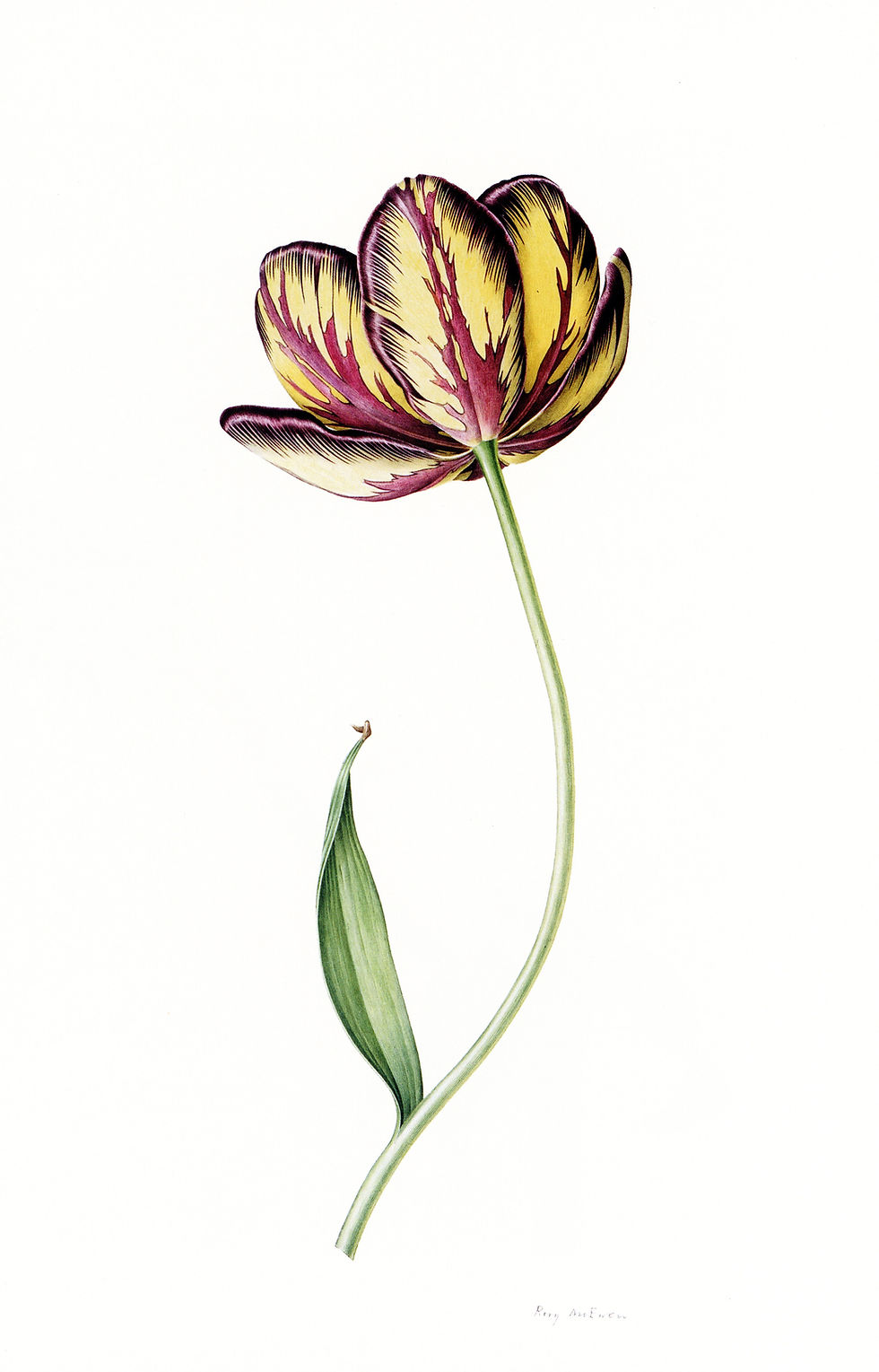

This more fluid and contemporary style of composition and its influence on Rory’s work is evident in other master botanical artists’ work included in the exhibition. It was amazing to see, in person, paintings by Gerard van Spaëndonck and Pierre-Joseph Redouté.

Later, in the 1970s, Rory took inspiration from modern art movements in London and New York, leading to his more minimalist composition style seen in a series of paintings of damaged leaves, husks, pods etc depicted in a large expanse of white vellum. These included his series called True Facts from Nature. Several paintings from this series are displayed in the current exhibition, including one titled Sycamore Leaf, 1973, that shows a dry sycamore leaf with black patches of tar spot disease.

At this same time Rory was experimenting with other contemporary ideas and other media. One of these was his 1977 painting Grasses in watercolour on paper, the inspiration for which he said came from the deciphering of Hittite script that reads left to right in one line and right to left in the next.

In the mid to late 1970s Rory ‘s subjects included English florists’ tulips, roses and fritillaries. These works ranged from whole stems to enlarged studies of the flowers with only a short stem.
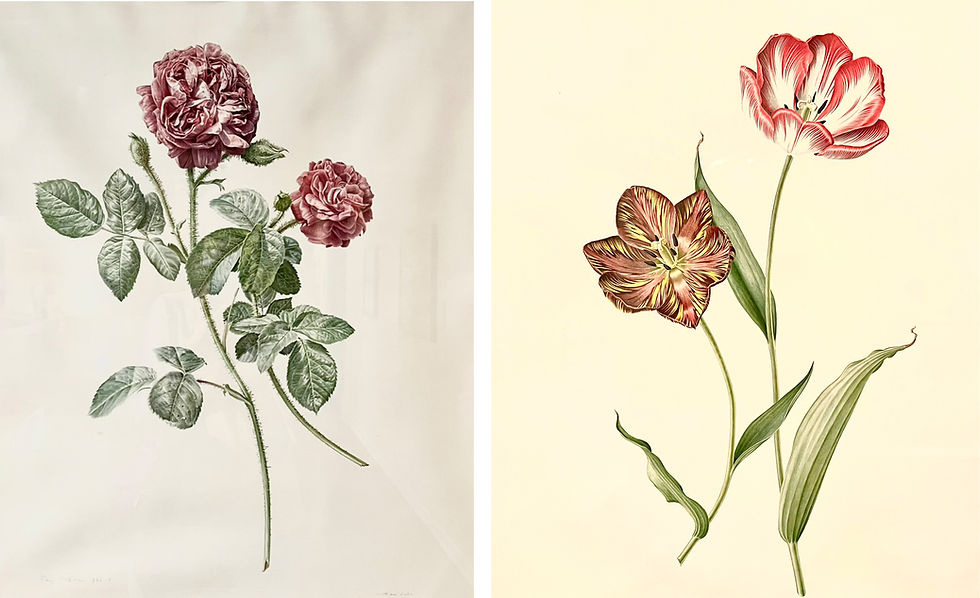

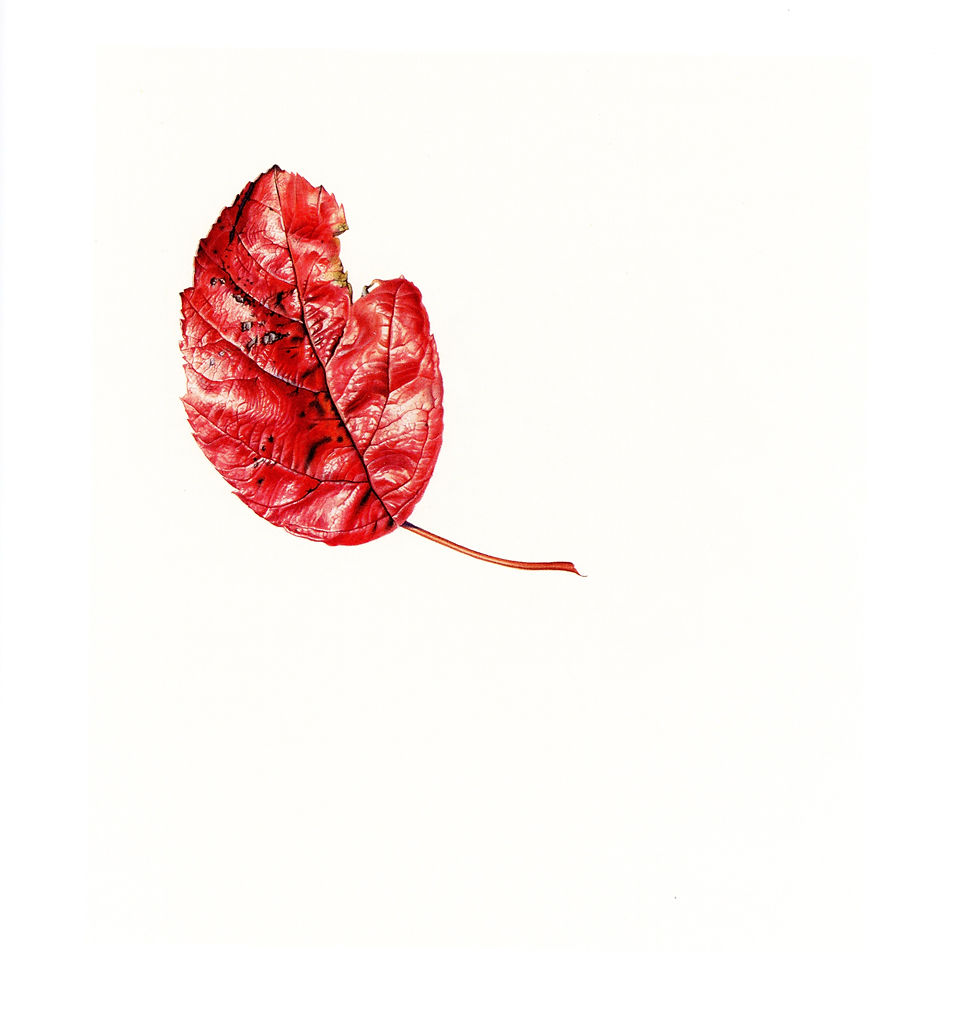
From the later years of his life, Rory’s stunning paintings of single leaves, seemingly floating on a large expanse of creamy white vellum, are among the most amazing works in the exhibition. These paintings are titled not by their species, but rather by the place in which he found the specimens, each of which must have spoken to him in some special way.
"Leaves are the most incredibly satisfying objects, they each seem to embody so many different things: every one of them is like a personality, especially when they are dying.." Rory McEwen

Lastly, included in the exhibition are a selection of inspiring works by contemporary botanical artists including Carol Woodin, Ursula Romero, Elizabeth Blackadder, Brigid Edwards, Gillian Barlow, Kate Nessler, and others. These works evoke the style and poetry of Rory McEwen's paintings and continue his incredible legacy of botanical artwork excellence into the future.
Photographs taken by the author; please excuse the less than ideal lighting.
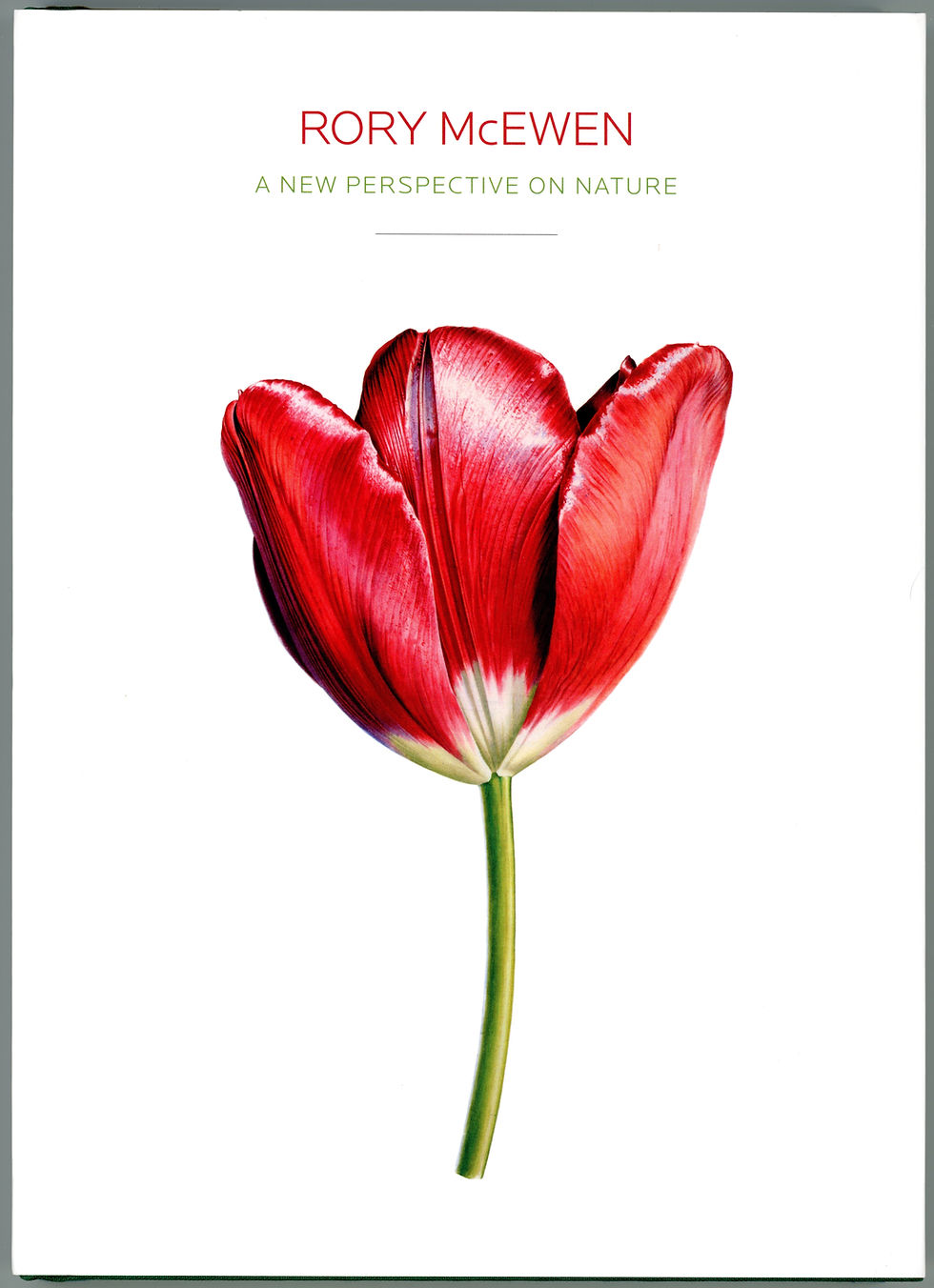
Quotes and biographical information from the exhibition and from the book Rory McEwen: A New Perspective on Nature, published by Oak Spring Garden Foundation, ISBN: 979-8-218-95082-8.
The book is available from Oak Spring Garden Foundation, https://oak-spring-garden-foundation.square.site/product/rory-mcewen-a-new-perspective-on-nature/206?cs=true&cst=custom



